Revitalize Your Morning: Mobility Routine for Runners
Written on
Chapter 1: Waking Up Stiff? Here's Your Solution
Are you feeling tight and irritable after a night’s sleep? This routine is just what you need!

Photo by Kinga Cichewicz on Unsplash
Have you ever risen from bed only to be greeted by unexpected soreness? It’s common to feel achy after a night in an unfamiliar bed or during stressful times. Thankfully, there’s no need to dive into your running workout in such a state. The best remedy for stiffness is movement, and I’ve designed a program to help you regain your mobility and functionality after a rough night’s sleep!
This "I Slept Funny" routine focuses on gentle mobility exercises that engage your major joints. By committing to these movements with mindful breathing, you can effectively prepare your body for your upcoming workout and the entire day.
Here’s how to get started: Energizing the Body and Mind Through Movement
Before beginning any physical activity, especially if you have medical concerns or injuries, consult your doctor or health professional. Fortunately, these exercises are light and suitable for nearly everyone. The key takeaway is to move within your own limits. Pay attention to your body and trust that your mobility will enhance as you incorporate these valuable practices into your routine.
The six exercises I’ve selected target the most common areas of stiffness that arise after sleep. Unlocking these joints and muscles first thing in the morning will significantly ease your workout. Now, let’s jump into your morning mobility routine designed for your next run.
- Knee Wags

Cues: 8–10 reps per side. Feeling sluggish? You can perform this first exercise right from your bed! Start by bringing your knees together and gently moving them side to side. Keep your arms outstretched and your neck relaxed. Breathe deeply and slowly. For added upper body stretch, position your arms into a Y shape.
- Levator Scapula Stretch
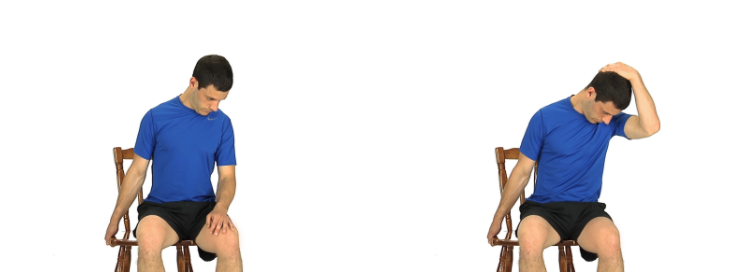
Cues: 2 sets of 20–30 seconds per side. The levator scapula is a muscle that often feels tight after a restless night. Sit on a chair, gripping the edge with one hand. With your opposite hand, gently pull your head down towards your opposite armpit in a diagonal motion. Hold for about 30 seconds and switch sides. Approach this stretch gently.
- The QL Walk
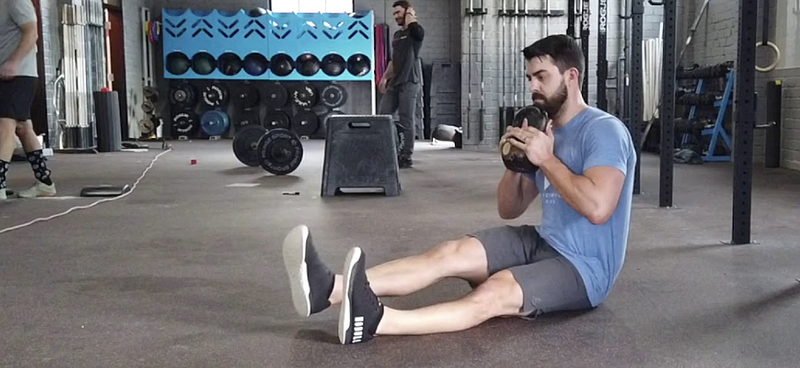
Cues: 8–10 steps forward and backward. Begin seated with your legs extended. Slowly shuffle forward by subtly shifting your hips while maintaining an upright spine. After a few steps, reverse the motion. Although it may seem a bit silly, this exercise effectively engages the QL muscles and awakens the deep core.
For a challenge, try it with your arms raised or add some weight, as shown in the image above. Aim for 8–10 lengths before your next run.
- I/Y/W Raises
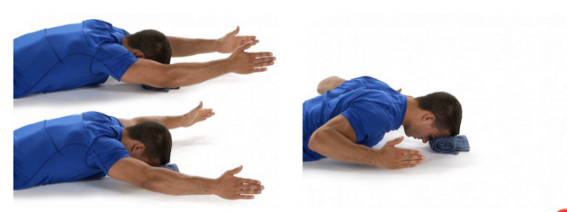
Cues: 2 sets of 8–10 reps. Lie face down in a neutral position. Lift your arms into a Y position and cycle through the I, Y, and W positions. This variation trains the mid and lower traps while promoting scapula control. Keep your neck relaxed and focus on deep breathing throughout each rep.
- Thoracic Extension (Chair)
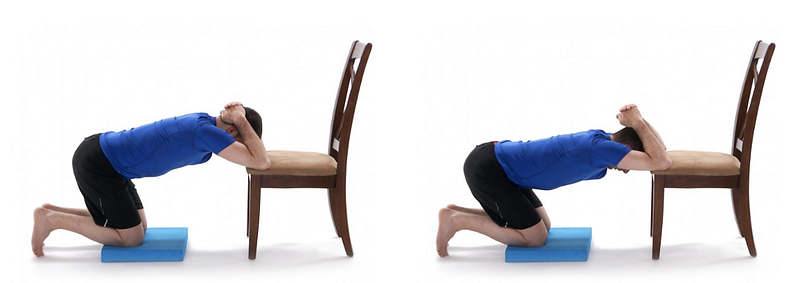
Cues: 10–15 total reps. Get into a kneeling position with your elbows resting on a chair or block. Gradually lower your hips towards your heels to extend your mid-spine. Adjust the height until you find comfort. Think of this as a child’s pose with an emphasis on spinal extension, providing a great way to relieve tension in your upper and mid-spine.
- Spiderman Lunges
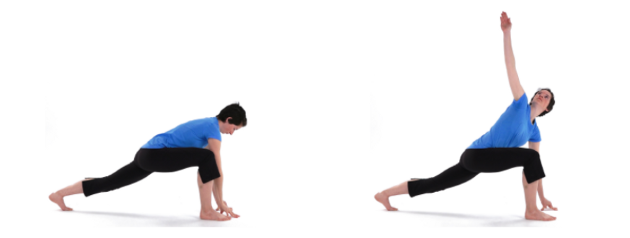
Cues: 5 reps per side. Start in a push-up position. Step forward with one foot and place the opposite hand beside it. For a gentler option, rest your knee on a foam block. Raise the other arm vertically for five reps, then switch sides. Follow your thumb with your eyes to encourage neck rotation. Move slowly, taking about three seconds for each rep. This exercise enhances overall mobility, getting you ready for the day.
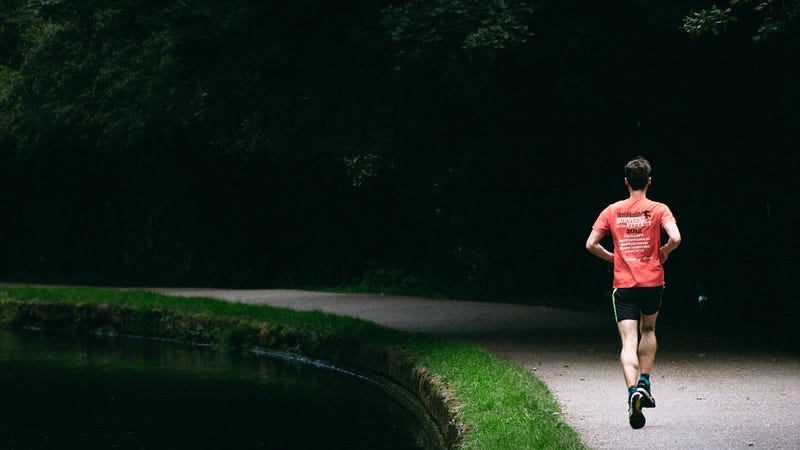
Photo by Gary Butterfield on Unsplash
In Conclusion,
If you wake up feeling less than stellar, take a moment before your run to engage in some mobility work. This practice not only revitalizes your muscles and joints but also helps to clear your mind in preparation for your workout. Incorporating these exercises into your routine will help keep you injury-free and functional for life. Whether you rise feeling tight or refreshed, mobility training should be a staple in everyone's morning regimen!
The first video offers insightful tips to improve your sleep for better performance in running.
The second video shares personal experiences on how tracking sleep over 30 days transformed running performance.